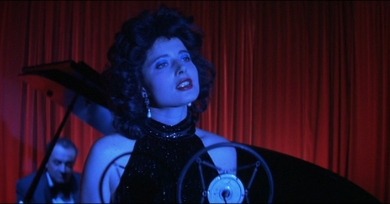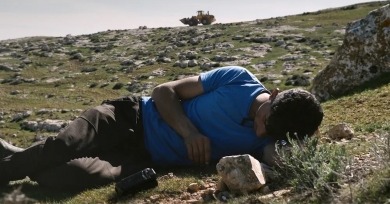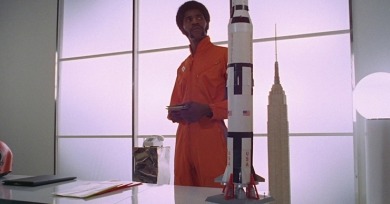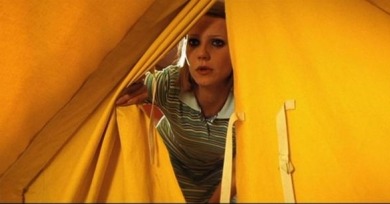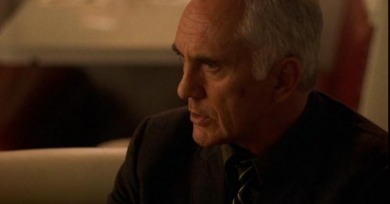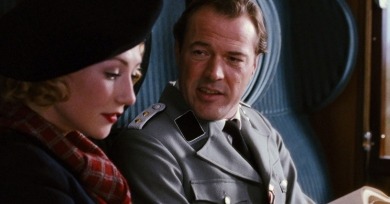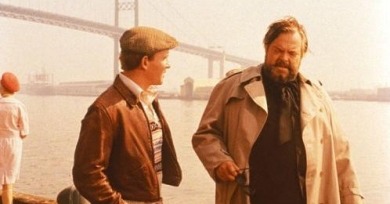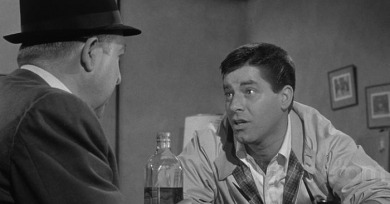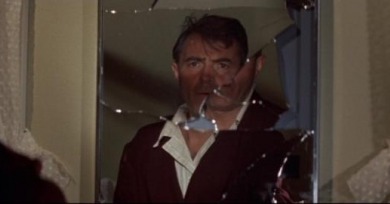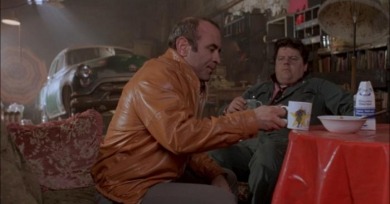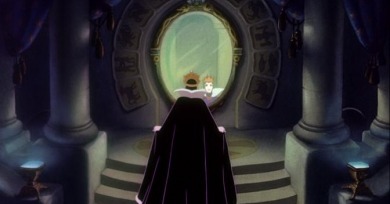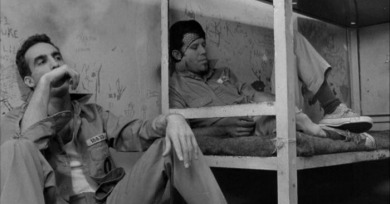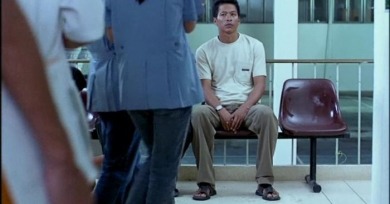Nicolas Rapold
In this new interview, the legendary cinematographer sits down to revisit his career by looking at unforgettable images from his films, specifically those by David Lynch and John Cassavetes, and recalling how he helped to create them.
Threaded throughout No Other Land are scenes conveying the warm friendship between Abraham and Adra, who is initially skeptical of whether his companion’s exposés will have much effect; their chats, filmed by Szor, are oases of communion and symbolic potential in a rocky, increasingly insecure landscape.
Top of the Heap, from 1972, centers on a black D.C. cop who’s frustrated with his job, but this is no run-of-the-mill seventies crime film. First-time director and star Christopher St. John creates a fascinating, volatile blend of police melodrama, Afrofuturism, counterculture satire, and sheer cri de coeur.
"You participate in the narration of the film with the light, with the ambience, with the climat of the image. So, the image is not only a technical performance, it is part of the storytelling, it participates in the narration. And that is the deepest definition, I think, for cinematography."
One of the key questions of filmmaking is the distance between camera and subject, or character. Do you remember any Rembrandt pictures? The question is not about composition and lighting. Why Rembrandt is crucial for art is because he’s choosing the right scale.
Anderson’s micromanaged design, which he foregrounds so much more than most filmmakers, all but guarantees (for this viewer at least) that his movies fully emerge only upon the second viewing.
This may be the most touching moment in the film, but perhaps the saddest occurs through an earlier loss, the beginning of this absence—the moment we realize Dah’s voiceover has stopped, and is no longer phasing in and out of our experience of the film.
What grounds Soderbergh’s pop pastiche, I think, is that a revenge thriller is basically about a character’s desire for historical correction—an honor killing that rewrites the record. For the director, of course, that’s also a matter of carving up his influences.
The apprehension among Verhoeven skeptics that greets his “doing” World War II has a familiar ring to it, and not just because Black Book retreads some of the same territory as the director’s 1977 Dutch Resistance thriller, Soldier of Orange.
If you had to name some quality that allows the same man to make Dressed to Kill and Get to Know Your Rabbit, it would be his sense of a movie as an exquisite mechanism, all its parts (body and otherwise) whirring and shifting into place.
Frank Tashlin poked fun, some would say too slyly, at the infantilism of an earlier, atomic age of super-sized culture by working in its idiom.
Satyajit Ray’s 1960 film Devi is a humanist work, but its interest in what exactly we do when we look at someone or something almost fragments the emotion we feel in watching it.
No, it’s not “relevant” at all—how could such a soul-killing journalistic-anemic word apply? Harlan County USA is primary and essential.
I always find a bit dismaying those moments in globetrotting documentaries when it’s giddily revealed that, centuries of local culture notwithstanding, the kids in these far-flung locales actually just live for Top 40 hip-hop.
The humane accomplishments of the film, widely praised, do not need much defending, but I think it’s been insufficiently expressed how closely the experience of the film comes wrapped with a dissatisfaction belied by this mood of critical exultation.
A year after Rebel Without a Cause, Nicholas Ray directed its dark, subtler counterpart: a complex work on establishment rather than youth culture, in the guise of a drama about cortisone addiction.
Mona Lisa’s story, and its strength, lies in how this relationship develops, but that’s easier said than actually described, because Jordan’s skill lies in taking simple templates and letting loose the forces of genre, class, and gender that shape character, feeling, need.
Disney, however, was no father of mine when it came to Snow White. I have no formative story about snuggling up to the glow of the TV with my coloring pencils or absently humping a couch arm whenever the Queen appeared. (“It was not till years later that I realized…”)
The teenaged cousin of a French friend said he loved Down by Law because it was thoroughly American, alive with freedom and movement. France was closed, he said; the U.S. and Jarmusch, wide open.
How better to make a movie on love, trust, and desire than by example? Yet Tropical Malady’s plunge into the jungle asks us to set aside our own narrative desire for the romance between the two young men to work out on its slow but sure naturalistic path.
